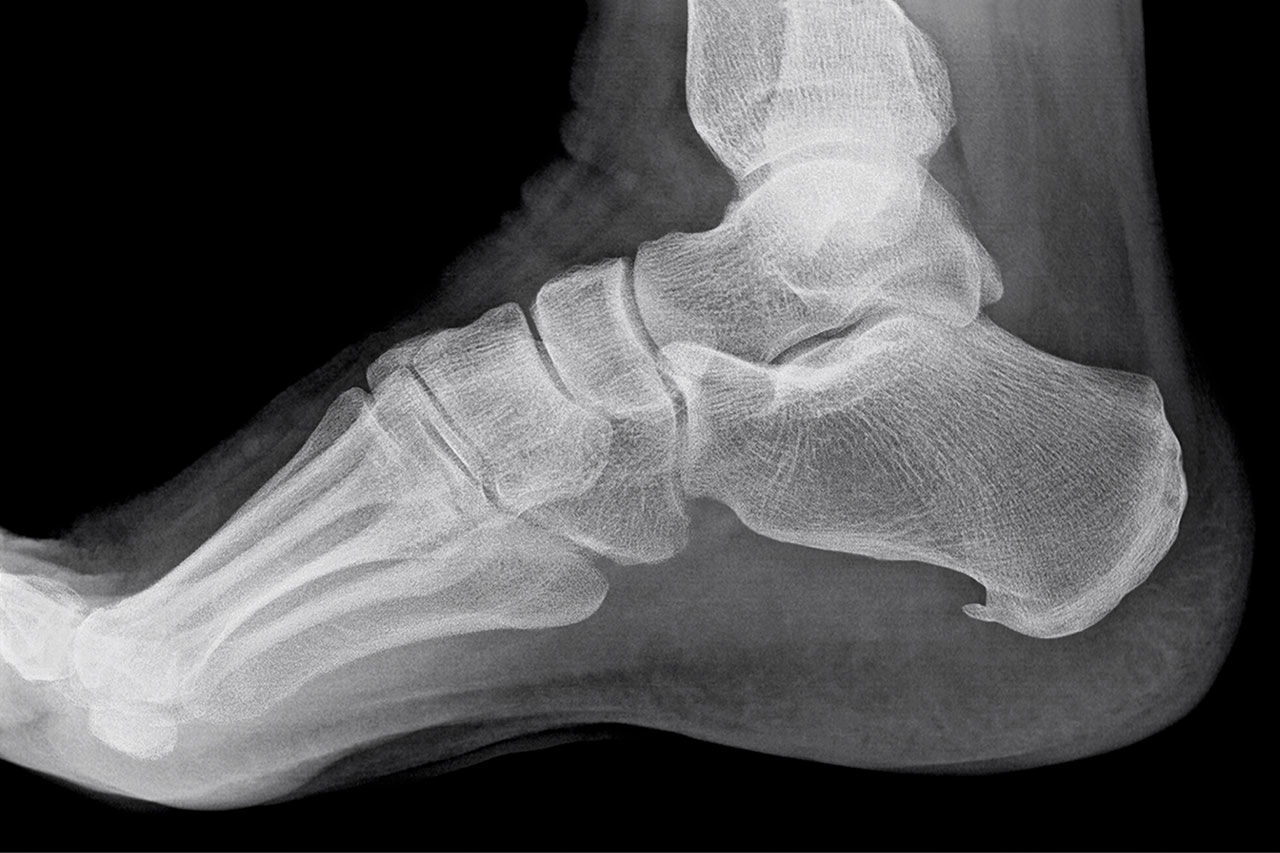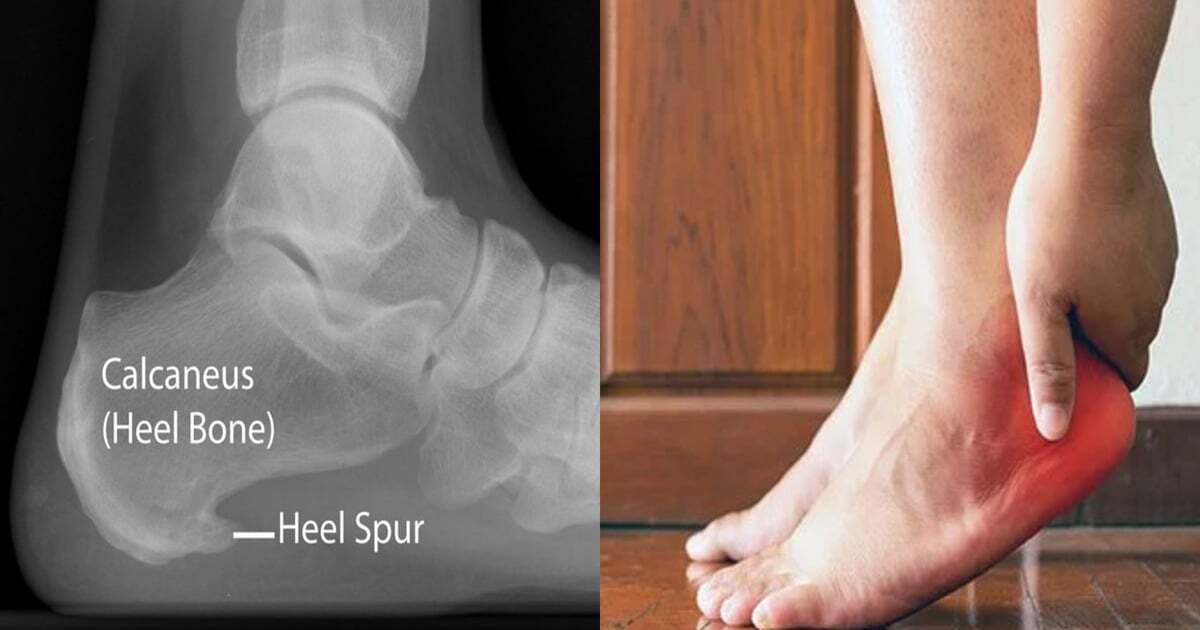What You Need to Know About Calcaneal Spurs!
What is a calcaneal spur?
A calcaneal spur is a bony growth that forms on the heel bone (calcaneus). It is a common cause of heel pain and is often associated with a condition called plantar fasciitis.

What causes a calcaneal spur to develop?
A calcaneal spur develops when calcium deposits form on the underside of the heel bone due to repeated stress or strain on the foot. Some common causes include:
- Wearing improper footwear
- Obesity (extra pressure on the feet)
- Walking or standing for long periods
- Certain sports or activities that involve running or jumping
What are the symptoms of a calcaneal spur?
The most common symptom is heel pain, especially:
- Sharp pain when standing up after resting or waking up in the morning
- Pain that lessens after walking for a few minutes but may return after prolonged activity
- Tenderness in the heel area

Who is at risk of developing a calcaneal spur?
People who are at higher risk include:
- Athletes, especially runners and jumpers
- People with flat feet or high arches
- Those who are overweight or obese
- People over 40, as the foot's tissues lose elasticity with age
How is a calcaneal spur diagnosed?
Doctors usually diagnose it by:
- Discussing your symptoms and medical history
- Conducting a physical examination of the foot
- An X-ray may be taken to confirm the presence of the bony growth
How is a calcaneal spur treated?
Treatment options include:
- Rest: Giving your foot time to heal by reducing activity.
- Ice: Applying ice packs to reduce inflammation and pain.
- Footwear: Using proper, supportive shoes or orthotic inserts like (https://amzn.to/3OYFEWG) to relieve pressure on the heel.
- Physical Therapy: Exercises to stretch and strengthen the foot muscles.
- Medications: Anti-inflammatory pain relievers like ibuprofen can reduce pain.
- Injections: Corticosteroid injections may help if the pain is severe.
- Surgery: In rare cases, if conservative treatments don't work, surgery may be required to remove the spur.

Can a calcaneal spur be prevented?
Yes, you can reduce your chances by:
- Wearing supportive shoes with good cushioning
- Maintaining a healthy weight
- Stretching your feet and calves regularly
- Avoiding walking barefoot on hard surfaces
Is a calcaneal spur the same as plantar fasciitis?
No, they are related but different. A calcaneal spur is a bony growth, while plantar fasciitis is the inflammation of the plantar fascia, a thick band of tissue that runs along the bottom of your foot. Both conditions can cause heel pain, and they often occur together.
Will a calcaneal spur go away on its own?
The spur itself usually does not go away without treatment, but the pain can be managed or even eliminated with proper care and treatment.
When should I see a doctor?
If you experience heel pain that doesn't improve after a few weeks of self-care, or if the pain is severe and affects your daily activities, it's a good idea to consult a doctor. Early treatment can prevent further complications.